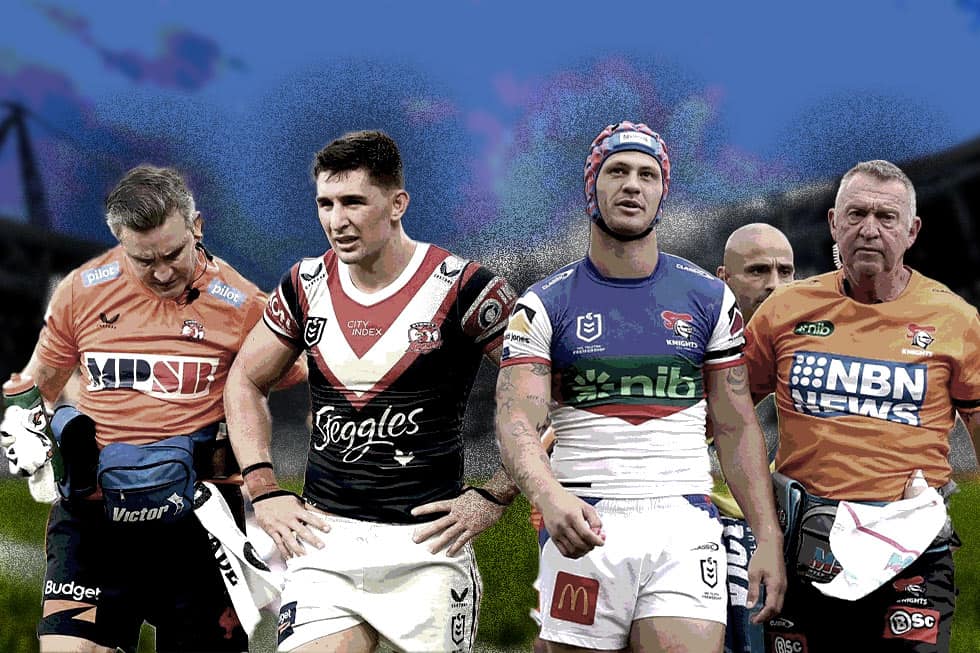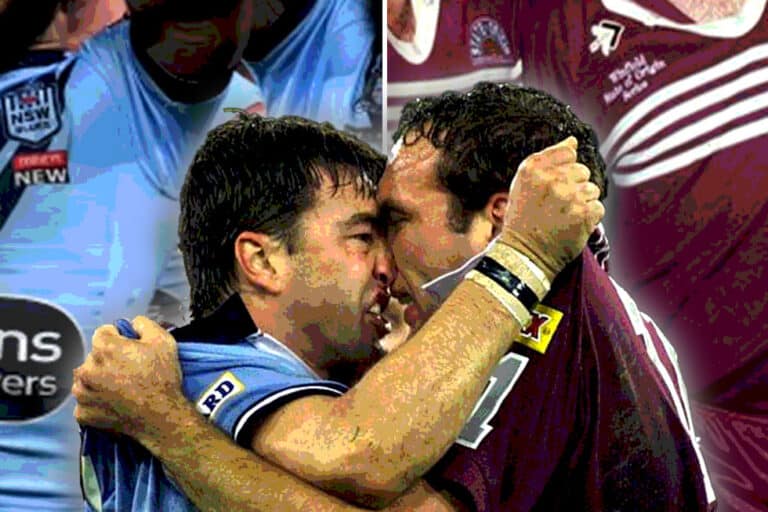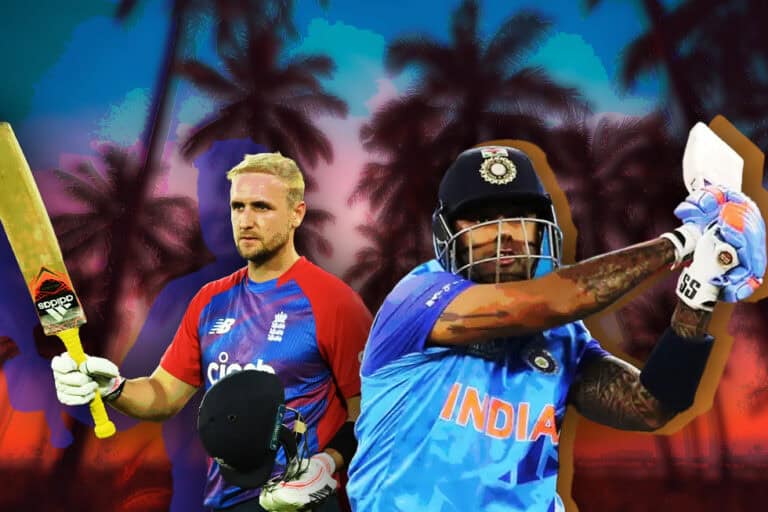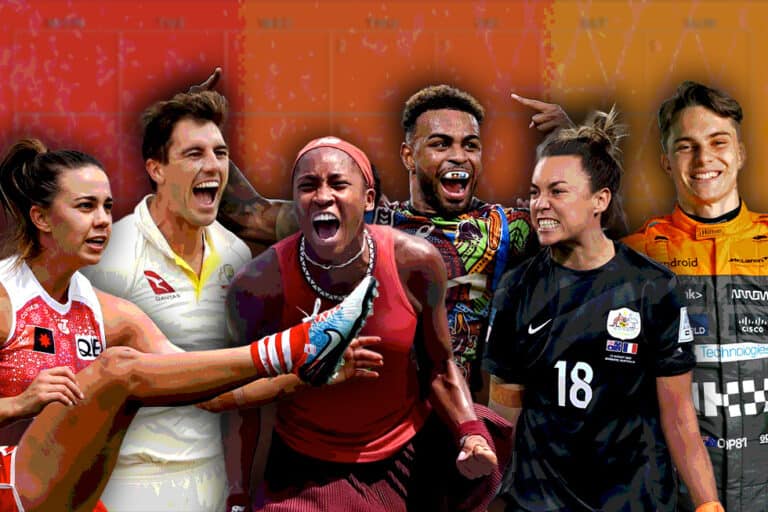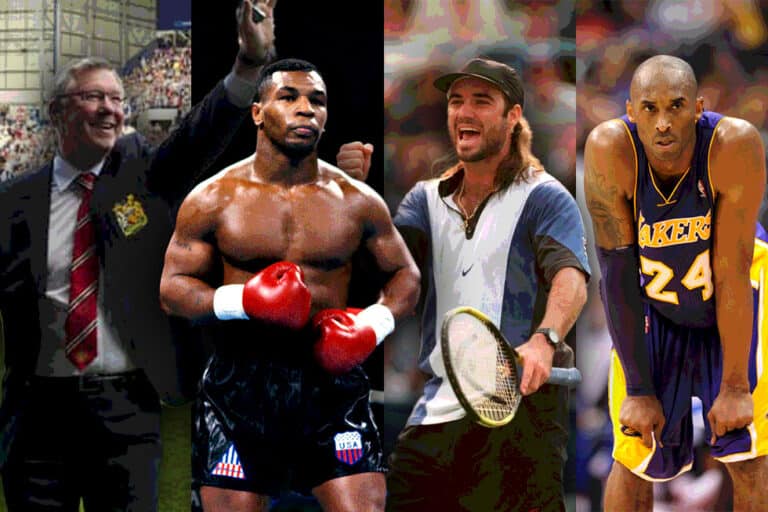Just two weeks into the 2023 season, the league’s governing body has implemented a new NRL concussion policy.
It comes after Newcastle Knights star player Kalyn Ponga sustained his fourth concussion in just 10 months within the first minute of the round 2 game against the West Tigers.
The news has been widely accepted, as more stakeholders continue to grasp the short and long-term ramifications of repeated head knocks. Plus the unknown of how each player’s health and safety will be affected. Here’s how the new policy will work.
What is the new NRL concussion policy?
Under the new policy, which was announced on Tuesday, any player who is concussed will be stood down for a mandatory 11 days. This means all players suffering a concussion will miss a minimum of one game. While secondary to player welfare, it means anyone that suffers a concussion in a Preliminary Final will be unavailable for the decider. The grey area that previously existed is no more.
“There is no greater priority for us than player safety. It’s front and centre of everything we do,” ARLC chairman Peter V’landys said of the new rule.
“Our current head injury protocols are exceptionally strong.
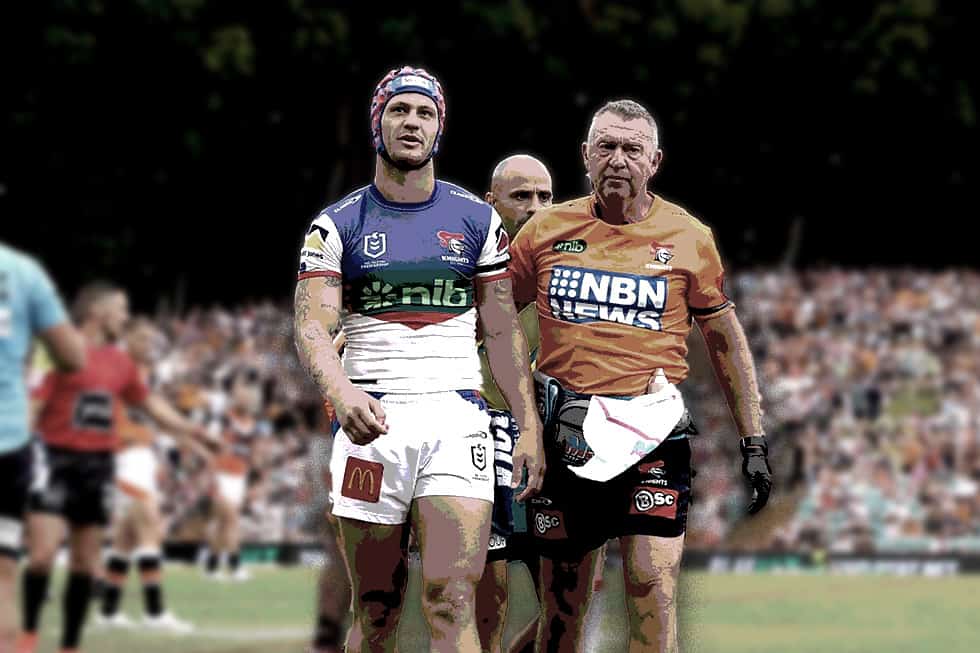
“Following a review of the data and the expert advice we have received, the Commission have enhanced these protocols even further by providing a mandatory 11 day stand down period following a diagnosed concussion.”
The new policy aligns with similar policies seen in the AFL — where players are stood down for a minimum of 12 days after a concussion. World Rugby also follows a similar 11-day stand-down rule.
Are there exceptions to the NRL concussion rule?
In exceptional circumstances, clubs will be able to apply for an exemption to the rule. The application will be overseen by an independent neurological expert who will have the final say on the matter.
Clubs will only be able to make an application under the following criteria:
- Category 1 symptoms are not observed
- The player is asymptomatic the day after the concussion
- Cognitive testing is normal
- The player has suffered less than five previous concussions in their career
- The player has not been concussed in the last three months
- The player has no history of a previous concussion with prolonged recovery.
Under the possible exemption guidelines, players like Ponga — who missed the tail end of last season due to concussion — would be ineligible for an exemption.
The NRL has introduced new mandatory concussion stand-down guidelines – most players who suffer a concussion will now be required to sit out for at least 11 days. This joins similar guidelines brought in by World Rugby, the AFL and the Super League in recent times.
— NRL PHYSIO (@nrlphysio) March 15, 2023
Why is it so important?
The new ruling is particularly important from both a medical and legal standpoint, coming just a day after the AFL was hit with a class action lawsuit from 60 players who have suffered serious health complications as a result of repeat concussions throughout their playing career.
Additionally, multiple former players have been diagnosed with chronic traumatic encephalopathy (CTE) in recent years including Mario Fenech and the late Paul Green, who was posthumously diagnosed with one of the most “severe” cases of the condition Australian Sports Brain Bank professor Michael Buckland had ever seen.
Elsewhere in sport, former AFL players Danny Frawley and Shane Tuck were both diagnosed with CTE after their deaths.
While more research is needed to understand the exact impact of concussions on CTE, the condition is caused by “repeated exposure to mild traumatic brain injuries”, so precautionary measures to limit repeated concussions is advisable by experts.
A concussion is a concussion, & Category 1/2 is simply used to describe how obvious the initial signs were the player had suffered a concussion. Concussions that are "immediately obvious" aren’t any worse than those that are subtle & picked up through off-field screening/testing.
— NRL PHYSIO (@nrlphysio) March 15, 2023
The response to the new NRL concussion policy has been divided
Following the announcement of the new policy, Phil Gould blasted the move as “concussion overkill” despite not being a medical expert himself.
“It’s all about litigation, it’s all about litigation, that’s what it’s about … They’re worried about this tsunami of class action which has been threatening for ages but which never comes, and if it did, I say take them on,” Gould said on 100% Footy.
However, his comments have quickly been dismissed by others in the NRL community, including NRL 360’s Paul Kent.
“Phil Gould is so misguided on this,” Kent said. “So he says not every bump to the head is a concussion and not every concussion is life threatening. How does he know which is which though? Or are we better off siding on the side of caution?
“The whole point of this brain science we go through now, not just rugby league but competitions around the world, is that nobody knows. We’ve got things that will make you live longer with your heart, things that will make you live longer with strokes but there’s so little about you can’t improve the brain once it’s damaged.
“The fact is not every bump that occurs is a concussion. Absolutely right. But how do you know which ones which? Really, how does he know which ones which?”

